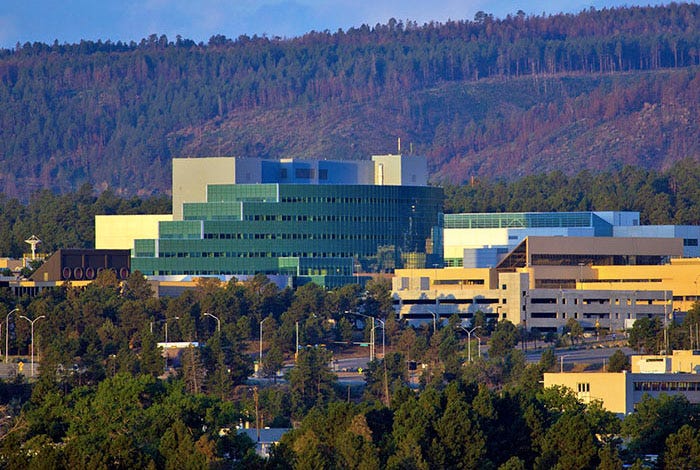From Papyrus to Preprints

Preprints: Revolutionizing the Sharing of Scientific Knowledge
A Preprint Revolution
Preprints are a game-changer in the dissemination of scientific findings. They allow researchers to share their work before it undergoes the traditional peer review process, offering a more immediate and accessible platform for exchanging ideas.
"Preprints are already an integral part of today's research culture. Within this ecosystem, competing visions for science naturally emerge: one champions democracy through decentralization, while another laments the loss of control over selective practices." - Excerpt from article
The Downfalls of Peer Review
While peer review remains a cornerstone of scientific validation, it can be sluggish and prone to biases. Preprints offer a remedy to these challenges, providing a faster and more equitable route for sharing research. Moreover, they empower scientists to critique and build upon each other's work, fostering a collaborative and dynamic research environment.
arXiv: The Birth of Preprint Culture
arXiv, the pioneer of preprint servers, has transformed the way scientists share their research. Founded in 1991 by physicist Paul Ginsparg, it has become a repository of over 2 million submissions and has had an immeasurable impact on scientific progress.
The Expansion of Preprint Platforms
The success of arXiv has inspired a surge of discipline-specific preprint platforms, such as bioRxiv, medRxiv, and PsyArXiv. These platforms cater to different academic communities, providing tailored repositories for diverse fields.
The Risks and Responsibilities of Preprints
Preprints have also raised concerns about the quality and accuracy of shared research. While they offer unparalleled speed and accessibility, they lack the rigorous validation of peer-reviewed journals. It becomes imperative for researchers, the media, and the public to critically evaluate the content and accuracy of preprints before accepting them as definitive truths.
The Road Ahead
The future of preprint culture holds immense promise and challenges. As these platforms continue to grow and evolve, the scientific community must navigate a fine balance between speed, accuracy, and responsible dissemination of knowledge.